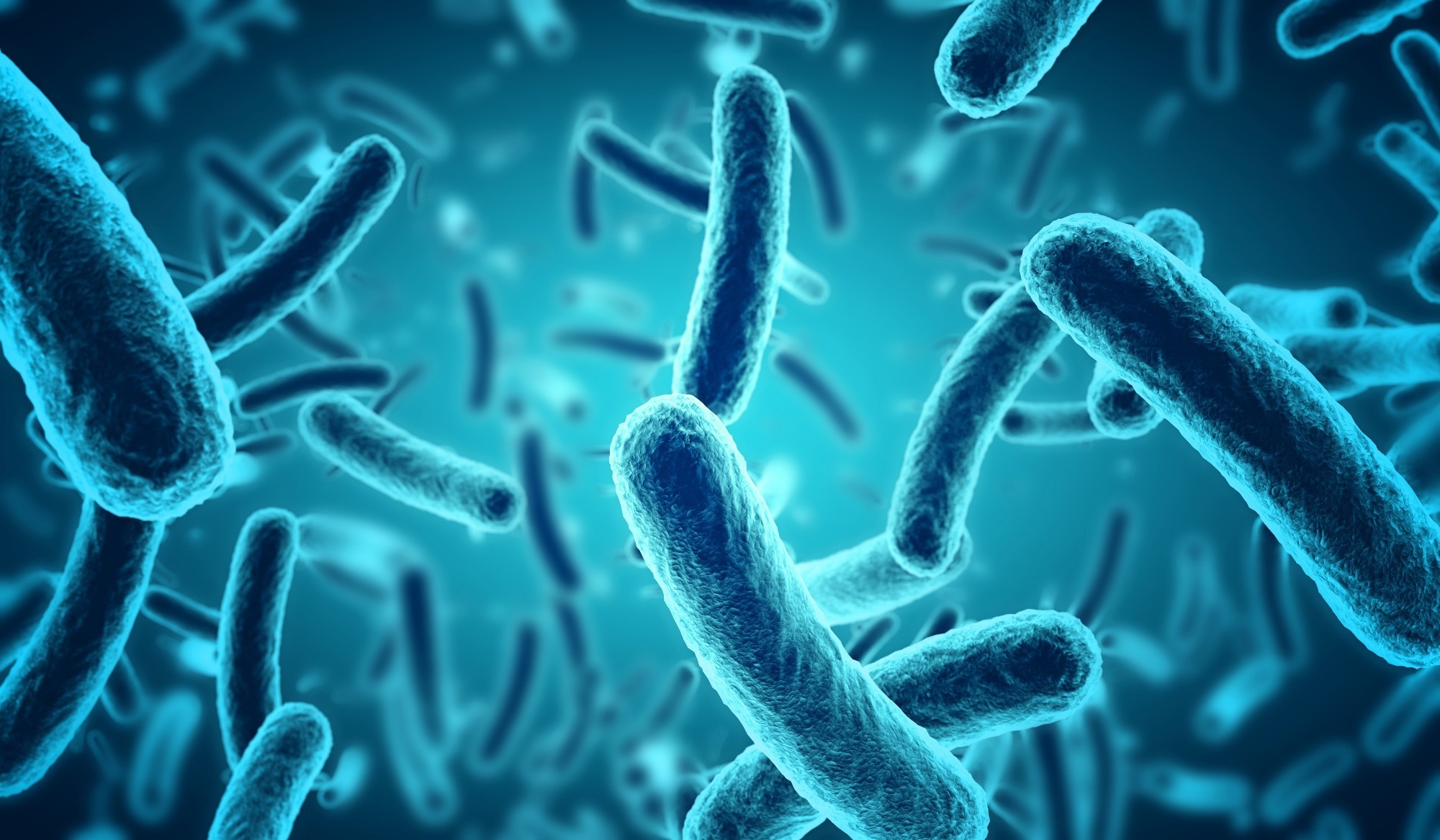In a recent study published in iScience, researchers described ecological firewalls (EFWs) to contain synthetic microbes.
 Study: Ecological firewalls for synthetic biology. Image Credit: paulista/Shutterstock
Study: Ecological firewalls for synthetic biology. Image Credit: paulista/Shutterstock
Background
Scientists have been designing and modifying living systems since the advent of synthetic biology. This emergent discipline has been pivotal for providing tools to study nature and develop biomedical applications. Its success is highlighted by expanding its application domain for higher-level problems, including the design of synthetic ecosystems, non-linear dynamics in cells, bio-computation beyond simple circuits, or multicellular designs.
Lately, it has been suggested that synthetic biology could help to protect and restore extant ecosystems in danger of catastrophic transition(s). The rapid acceleration of the anthropogenic impact on the biosphere has sparked a new debate around the need to use synthetic biology as an emergent approach to these problems.
One of the significant concerns with deployed engineered microbes is the potential implications on unknown evolutionary outcomes and local ecosystems. Biocontainment is another considerable concern in synthetic biology. Most proposed strategies deal with tools that minimize the interactions of synthetic strains with lifeforms around them.
Practically, these scenarios include microorganisms designed to degrade toxic substrate(s) and modify the gut or plant microbiomes. Nevertheless, a proper firewall could provide predictable (bio)containment. In the current study, researchers described five EFWs to build novel synthetic communities under controlled conditions.
Synthetic resource-consumer firewall
This systemic approach to EFWs deals with vast amounts of anthropogenic xenobiotics such as plastic or oil spills and the challenges associated with their safe removal. Using the systems ecology approach, the authors defined conditions of safety and effectiveness. The purpose of the EFW is to stabilize a synthetic microbial community that would degrade a given substrate introduced in the system at any given rate.
When the substrate decays, the synthetic strain should vanish. This EFW is designed like a ‘function-and-die’ motif, meaning the introduced (synthetic) strain would become extinct once the function has been performed.
Synthetic mutualistic firewall
In semi-arid and arid ecosystems, the goal (of EFW) would be a synthetic design that can improve community conditions leading to a healthy state while preserving diversity. This could be achieved by using cyanobacteria from a resident community and engineering it to synthesize a molecule/compound to improve soil moisture.
As such, improved soil quality would allow for more stable vegetation, which would help enhance the quality of the soil where the synthetic strain lives. Importantly, none would displace the other because the balance of two positive dependent components is required for cooperation.
Synthetic parasitic firewall
In this case, a synthetic strain performs a function and benefits from the resident community by exploiting its resources and acting as an inhibitor. One example would be engineering a microbe to fix carbon dioxide using concrete from civil infrastructures, which harbors multiple species of bacteria in its cracks.
The synthetic strain could benefit from the metabolic activity of the resident (bacterial) community using concrete as the substrate. At the same time, the synthetic strain should avoid extinction, which is achievable by inhibiting/antagonizing the resident community with bacteriostatic antibiotics.
Synthetic stigmergy firewall
This EFW deals with the stigmergy phenomenon, where the feedback in a population that results in a material scaffold (e.g., insect nest) acts on others modifying their behavior. The potential relevance of stigmergy in microbial colonies has been acknowledged in recent years. The multicellular behavior exhibited by bacteria could be used, particularly in the niche construction process based on the formation of biofilms.
It is estimated that most bacteria live in biofilms, which could be one optimal way of cooperating in environments like rivers or ocean surfaces. This EFW could be applicable in environmental remediation. The synthetic microbe could help remove potentially hazardous substances (drugs or heavy metals) and store them safely in the biofilm’s extracellular matrix.
Indirect cooperation firewall
Toxic spills are detrimental to coastal rivers and water bodies, with multiple (adverse) outcomes. They destroy wildlife and habitats, wreaking havoc on local economies as resources (fish) become contaminated. This EFW comprises three components 1) resident community (contaminated ecosystem), 2) synthetic strain, and 3) toxin.
The synthetic strain would not be affected by the toxin, namely, bacteria that utilize the toxin as a carbon source. The introduced strain eliminates the toxin in the ecosystem at a given rate. Because the synthetic microbe has an inhibitory effect on the toxin, the overall impact of the synthetic strain on the resident community would be positive.
This is known as indirect mutualism; that is, the net exchange between the resident community and the synthetic strain is cooperative. As the toxin decays, the introduced strain diminishes but is retained at minimal levels. In this way, the EFW promotes diversity while sustaining the synthetic strain even with low levels of the toxin.
Conclusions
In summary, researchers described (five) ways of containment of engineered microbes. Although the usual control approach is based on a top-down gene circuit design, with biosafety engineered at cellular levels, the team provided a bottom-up control source. Further, the EFWs presented here should be used to test terraformation strategies in a microcosm or mesocosm framework.